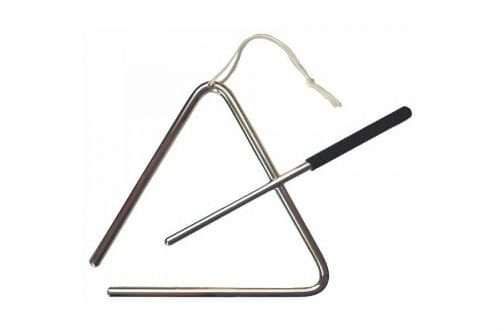About three types of major
Contents
You already know that most often music is recorded in major and minor modes. Both of these modes have three varieties – natural scale, harmonic scale and melodic scale. There is nothing terrible behind these names: the basis is the same for all, only in harmonic and melodic major or minor certain steps (VI and VII) change. In a minor they will go up, and in a major they will go down.
3 types of major: first – natural
Natural major – this is an ordinary major scale with its key signs, if they exist, of course, and without any random alteration signs. Of the three types of major, this one is found more often than others in musical works.
The major scale is based on the well-known formula of the sequence in the scale of whole tones and semitones: T-T-PT-T-T-T-PT. You can read more about this here.
Look at examples of several simple major scales in their natural form: natural C major, the G major scale in its natural form, and the scale of the key of natural F major:
3 types of major: the second is harmonic
Harmonic major – this is a major with a lower sixth degree (VIb). This sixth step is lowered in order to be closer to the fifth. The low sixth degree in major sounds very interesting – it seems to “minorize” it, and the mode becomes gentle, acquiring shades of oriental languor.
This is what the harmonic major scales of the previously shown keys C major, G major and F major look like.
In C major, A-flat appeared – a sign of a change in the natural sixth degree, which became harmonic. In G major the sign E-flat appeared, and in F major – D-flat.
3 types of major: third – melodic
As in the melodic minor, in the major of the same variety, two steps change at once – VI and VII, only everything here is exactly the opposite. Firstly, these two sounds do not rise, as in minor, but fall. Secondly, they alter not during an upward movement, but during a downward movement. However, everything is logical: in the melodic minor scale they rise in an ascending movement, and in the melodic minor scale they decrease in a descending movement. It seems like this is how it should be.
It is curious that due to the lowering of the sixth stage, all sorts of interesting intervals can form between this stage and other sounds – increased and decreased. These could be tritones or characteristic intervals – I recommend that you look into this.
Melodic major – this is a major scale in which, with an upward movement, a natural scale is played, and with a downward movement, two steps are lowered – the sixth and seventh (VIb and VIIb).
Notation examples of the melodic form – the keys C major, G major and F major:
In melodic C major, two “accidental” flats appear in a descending movement – B-flat and A-flat. In G major of the melodic form, the F-sharp is first canceled (the seventh degree is lowered), and then a flat appears before the note E (the sixth degree is lowered). In melodic F major, two flats appear: E-flat and D-flat.
And one more time…
So there are three types of major. It natural (simple), harmonic (with a reduced sixth stage) and melodic (in which when moving upward you need to play/sing the natural scale, and when moving down you need to lower the seventh and sixth degrees).
If you liked the article, then please click on the “Like!” button. If you have something to say on this topic, leave a comment. If you want to ensure that not a single new article on the site remains unread by you, then, firstly, visit us more often, and, secondly, subscribe to Twitter.
JOIN OUR GROUP IN CONTACT – http://vk.com/muz_class



